Article
60 Seconds in the Spotlight: Mark Devlin, Technical Advisor, Afton Chemicals
15 Mar 2018
Next on our 60 seconds feature, we asked one of our oldest and most loyal customers Mark Devlin, technical advisor …
Read moreOur instruments are at the forefront of fuels testing. With the range of equipment PCS Instruments offers, users can run internationally recognised standard tests (including ASTM, ISO and more) on both diesel fuels and jet fuels.
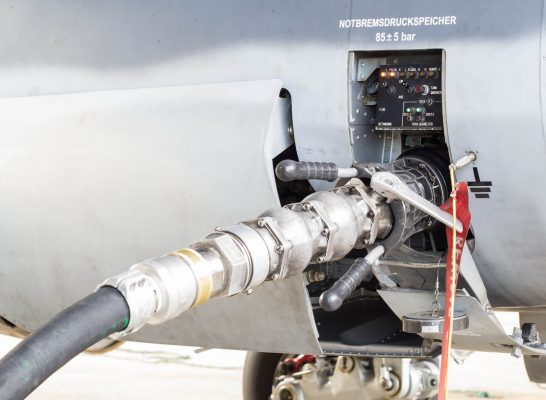
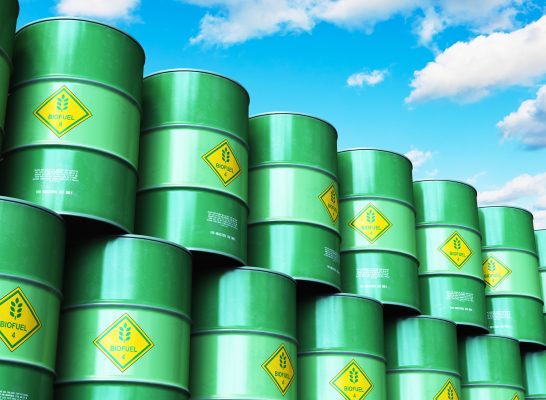
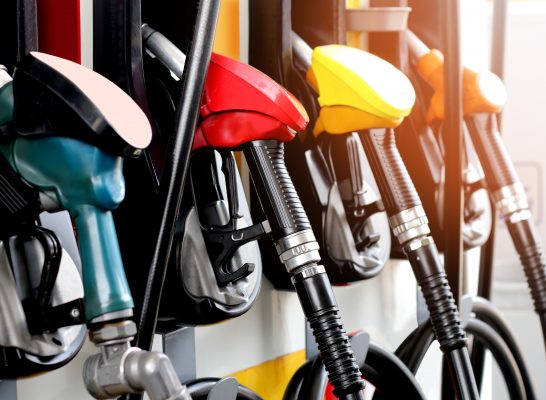
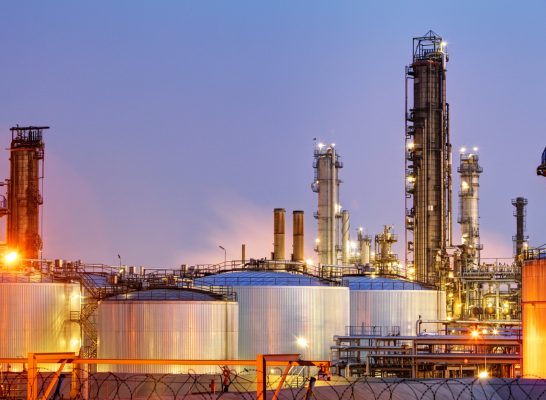
PCS Instruments offers a range of equipment for fuel testing requirements. At the forefront of this range are the HFRR and the ABS, both of which can perform internationally recognised standard tests.
The High Frequency Reciprocating Rig (HFRR) is a reciprocating friction and wear test system which provides a fast, repeatable assessment of the performance of fuels and lubricants. It is particularly suitable for wear testing relatively poor lubricants such as diesel fuels and for boundary friction measurements of engine oils, greases and other compounds. It has become the industry standard test for diesel fuel lubricity and conforms to ASTM D6079, ASTM D7688, CEC F-06-A, ISO 12156, EN 590, JPI-5S-50, and IP 450.
The Automated BOCLE System (ABS) is a Ball-on-Cylinder wear test system which provides a fast, repeatable assessment of the performance of jet fuels that fully conforms to the ASTM D5001 test method for “Measurement of Lubricity of Aviation Turbine Fuels by the Ball-on-Cylinder Lubricity Evaluator”.
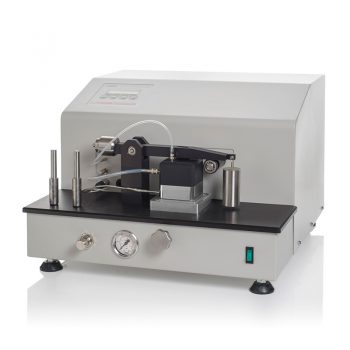
A fully automated, Ball-on-Cylinder wear test system which provides a fast, repeatable assessment of the lubricity of aviation fuels.
Learn more
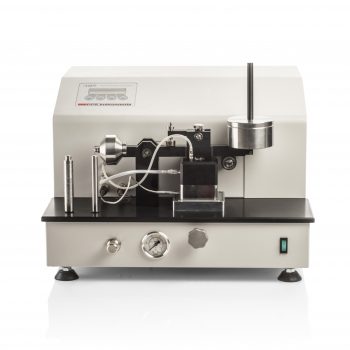
A fully automatic laboratory instrument for evaluating the scuffing load resistance of diesel (middle distillate) fuel according to ASTM D6078.
Learn more
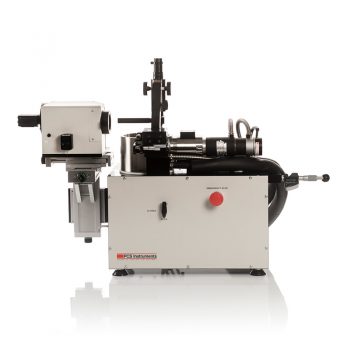
A fully automated, benchtop instrument, measuring lubricant film thickness down to 1nm in the elastohydrodynamic (EHD) lubricating regime.
Learn more
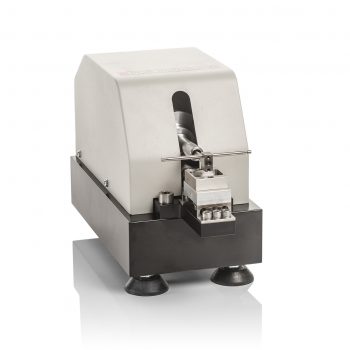
A ball-on-plate reciprocating friction and wear test system, assessing the performance of both fuels and lubricants under boundary conditions.
Learn more